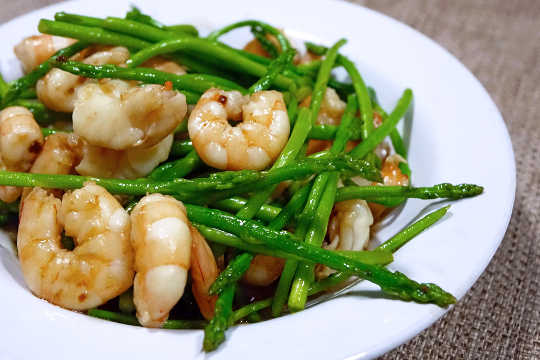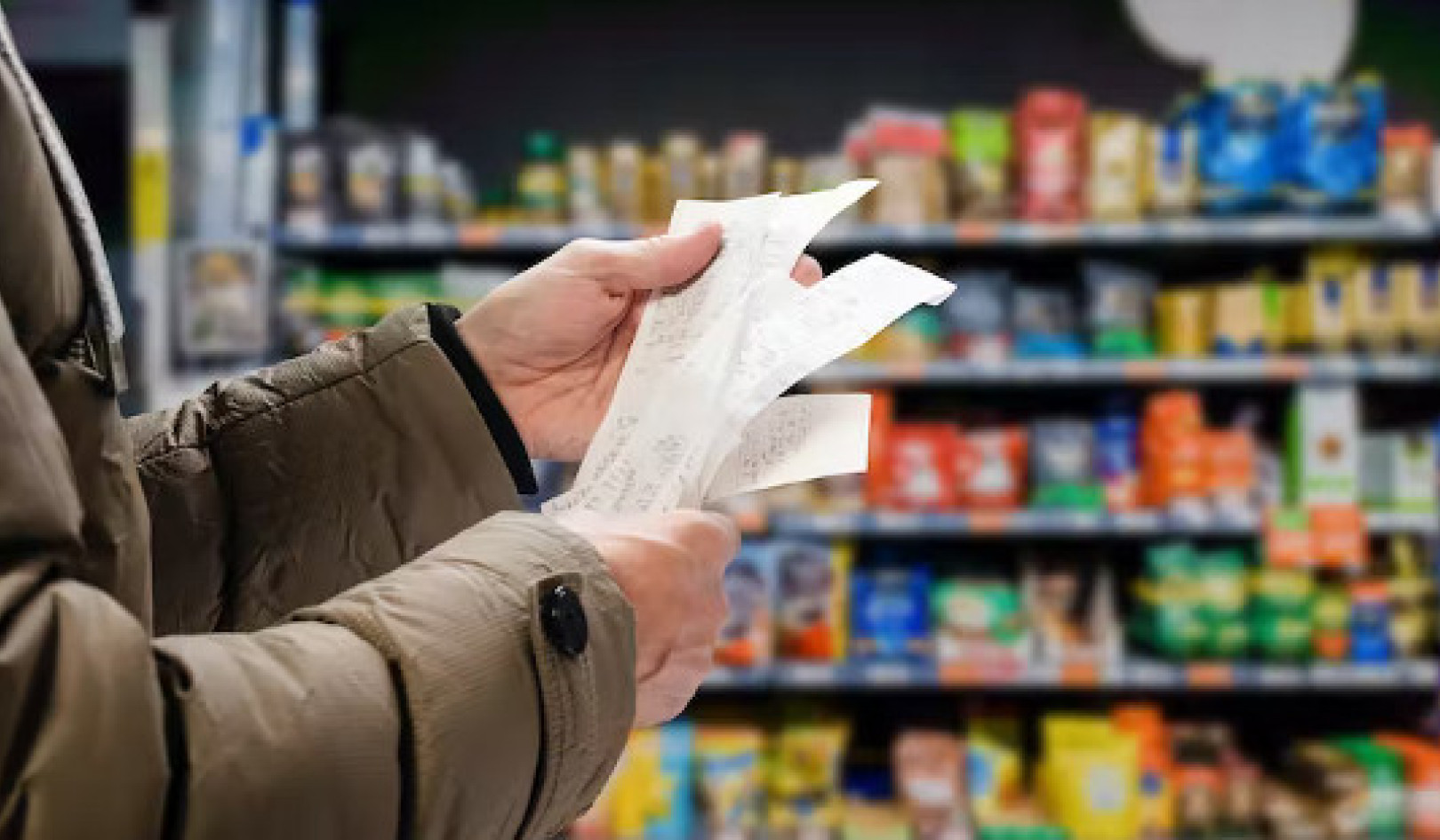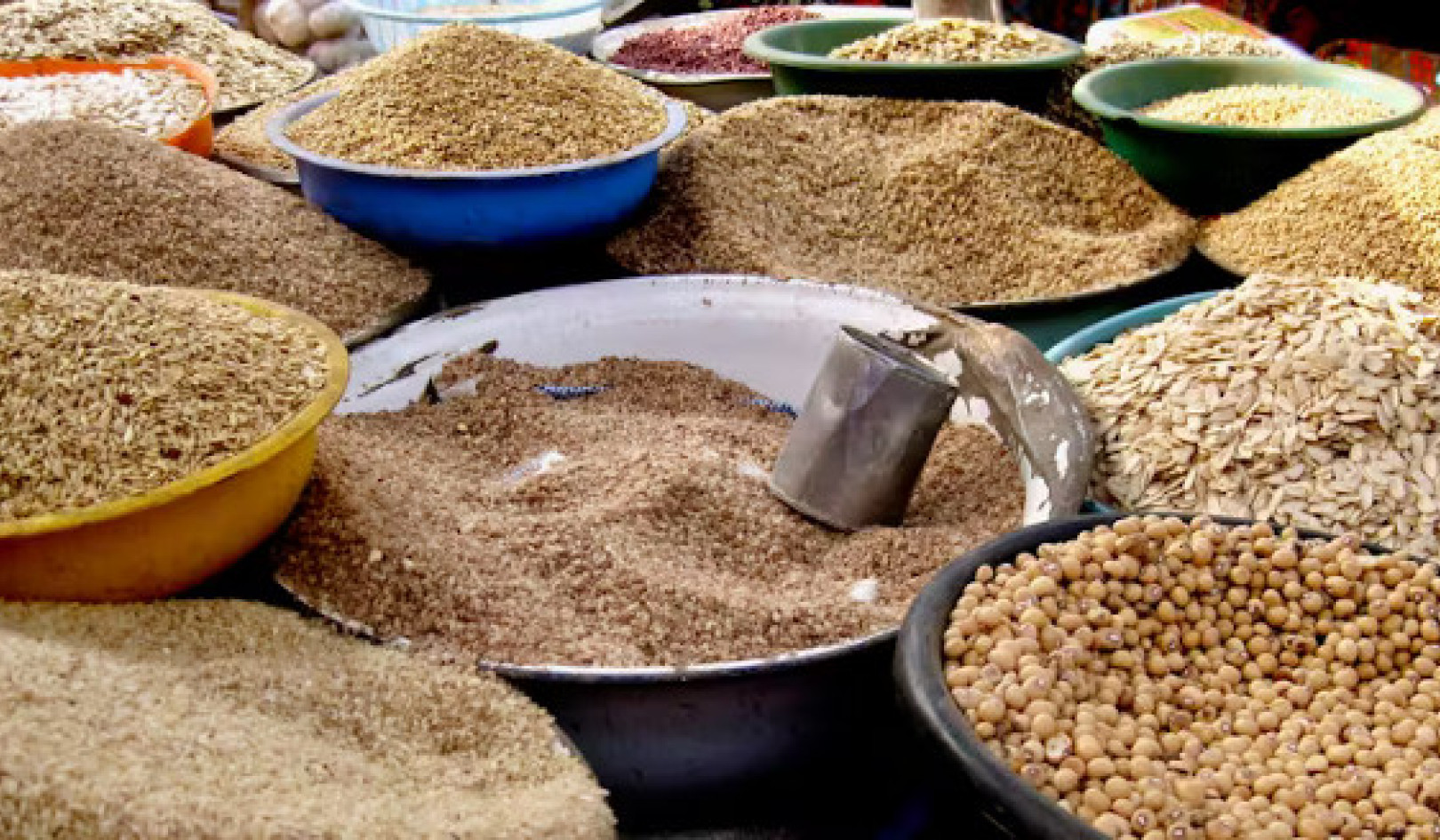
Image by Jason Goh
Shrimp is top mislabeled seafood in the US, followed by farmed Atlantic salmon masquerading as Pacific salmon or rainbow trout, research finds.
Seafood is the world’s most highly traded food commodity, by value, and the product is hard to track from source to market. Reports of seafood mislabeling have increased over the past decade, but few studies have considered the overall environmental effects of this deceptive practice.
New research examines the impacts of seafood mislabeling on the marine environment, including population health, the effectiveness of fishery management, and marine habitats and ecosystems.
The results, recently published in the Proceedings of the National Academy of Sciences, show that some 190,000 to 250,000 tons of mislabeled seafood are sold each year in the US, making up 3.4% to 4.3% of all the seafood consumed.
Coauthor Sunny Jardine, an assistant professor in the University of Washington School of Marine and Environmental Affairs, helped design a statistical analysis to compare the product on the label with the one that someone actually ate.
“It’s important to consider mislabeled consumption, rather than mislabeling rates, when thinking about the various biological and environmental impacts of mislabeling,” Jardine says.
“You can have a species that’s mislabeled the majority of the time, but if the consumption of that species is low, then the amount of the mislabeled product consumed is also low, and it may not be as big of a management concern.
“On the other hand, you can get products with low mislabeling rates and high consumption, meaning that a lot of the mislabeled product is being consumed. We find this is the case for giant tiger prawns being sold as white leg shrimp, and for Atlantic salmon being sold as Pacific salmon.”
Shrimp and salmon
The authors used the Monterey Bay Aquarium Seafood Watch program that assesses about 85% of seafood consumed in the US and offers consumer recommendations for more sustainable choices. The authors combined those scores with mislabeling and consumption rates to compare the population health and fishery management of the species actually consumed versus the one on the label.
Genetic techniques can tell whether a seafood product is being marketed as a similar, higher value species, a switch that can happen at many points in the supply chain.
The most widely consumed mislabeled product is shrimp, the most popular seafood in America. Imported giant tiger prawns, that are in Seafood Watch’s “Avoid” category, can end up labeled as white leg shrimp, in the “Best” category.
Salmon came in second on the amount of mislabeled seafood consumed. Farmed Atlantic salmon, in the “Avoid” category, can end up labeled as Pacific salmon or rainbow trout, typically in the “Best” or “Good” category.
Mislabeled seafood and sustainability
More generally, the study shows that false labeling tends to substitute a less sustainable product. Substituted seafood was 28% more likely to be imported from other countries, which often have weaker environmental laws than the ones covering the domestic seafood listed on the label.
“In the United States, we’re actually very good at managing our fisheries,” says lead author Kailin Kroetz, an assistant professor at Arizona State University’s School of Sustainability. “We assess the stock so we know what’s out there. We set a catch limit. We have strong monitoring and enforcement capabilities to support fishers adhering to the limit. But many countries we import from do not have the same management capacity.”
In 86% of cases, substitutes for wild-caught species came from fisheries that performed worse in terms of population impacts—species abundance, fishing mortality, and bycatch and discards—than the species on the label. Mislabeling also tended to disguise bad management practices: 78% of the substituted seafood had lower fishery management effectiveness than the product listed on the label.
“The expected species is often really well managed,” Kroetz says.
Public attention has tended to focus on frequently mislabeled species even if Americans consume less of those products.
“There’s been a lot of media attention given to the mislabeling rates of a particular species, such as halibut and snapper,” Jardine says. “But a big-picture analysis shows that we should also focus on other species if we are concerned about the environmental impacts.”
The effects of seafood mislabeling are not just environmental, the authors write, but also economic and social, affecting seafood consumers and the sustainable fishing industry.
“If the seafood sustainability movement was better integrated with seafood mislabeling testing, rate estimation, and regulatory tracing programs, we could provide the consumer with better information regarding the biological, social, and economic implications of the products that they consume,” Jardine says.
About the Authors
Funding for the study came from the Paul M. Angell Family Foundation and Resources for the Future, as well as the National Socio-Environmental Synthesis Center in Annapolis, Maryland, with funding from the National Science Foundation.
Additional coauthors are from Resources for the Future, Advanced Conservation Strategies, American University, and Harvard University.
Books on The Environment from Amazon's Best Sellers list
"Silent Spring"
by Rachel Carson
This classic book is a landmark in the history of environmentalism, drawing attention to the harmful effects of pesticides and their impact on the natural world. Carson's work helped to inspire the modern environmental movement and remains relevant today, as we continue to grapple with the challenges of environmental health.
Click for more info or to order
"The Uninhabitable Earth: Life After Warming"
by David Wallace-Wells
In this book, David Wallace-Wells offers a stark warning about the devastating effects of climate change and the urgent need to address this global crisis. The book draws on scientific research and real-world examples to provide a sobering look at the future we face if we fail to take action.
Click for more info or to order
"The Hidden Life of Trees: What They Feel, How They Communicate?Discoveries from A Secret World"
by Peter Wohlleben
In this book, Peter Wohlleben explores the fascinating world of trees and their role in the ecosystem. The book draws on scientific research and Wohlleben's own experiences as a forester to offer insights into the complex ways that trees interact with one another and the natural world.
Click for more info or to order
"Our House Is on Fire: Scenes of a Family and a Planet in Crisis"
by Greta Thunberg, Svante Thunberg, and Malena Ernman
In this book, climate activist Greta Thunberg and her family offer a personal account of their journey to raise awareness about the urgent need to address climate change. The book provides a powerful and moving account of the challenges we face and the need for action.
Click for more info or to order
"The Sixth Extinction: An Unnatural History"
by Elizabeth Kolbert
In this book, Elizabeth Kolbert explores the ongoing mass extinction of species caused by human activity, drawing on scientific research and real-world examples to provide a sobering look at the impact of human activity on the natural world. The book offers a compelling call to action to protect the diversity of life on Earth.
al



























